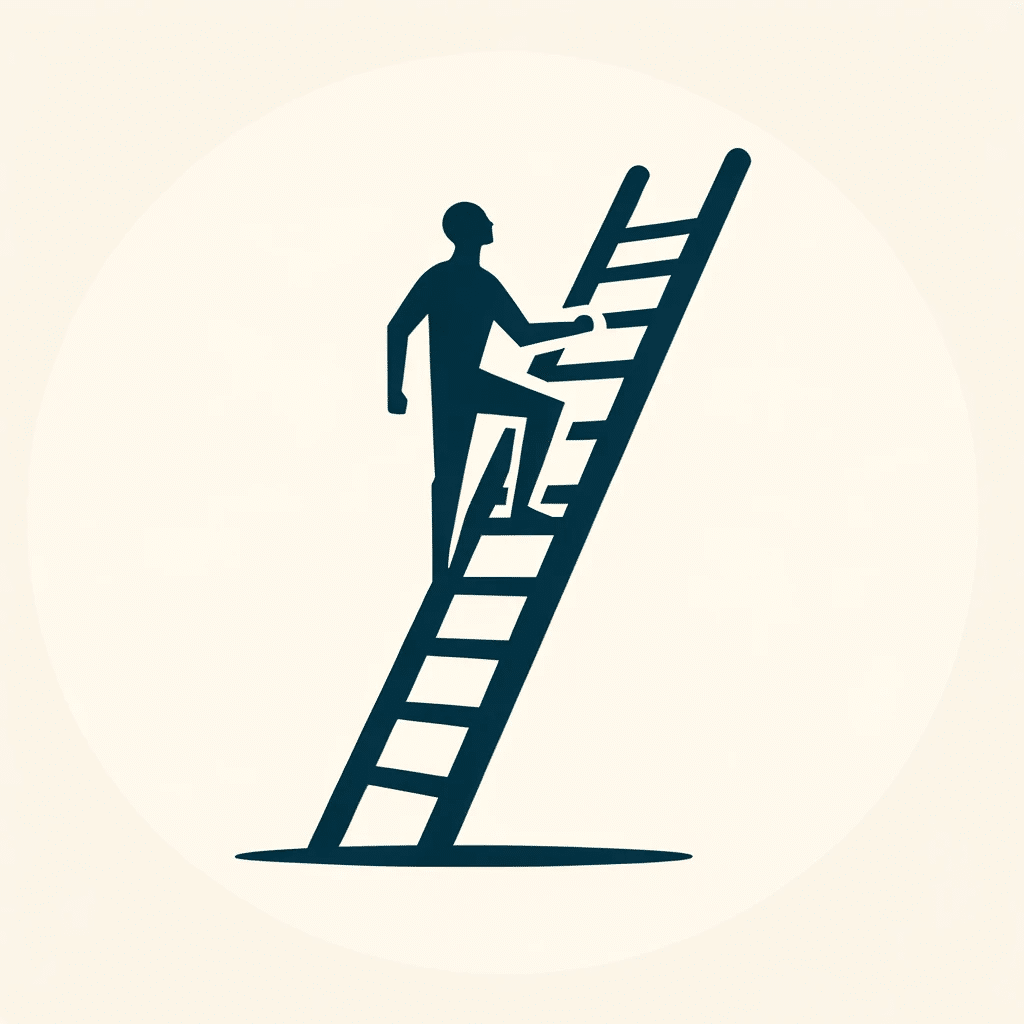Agile and Waterfall methodologies are both used in IT projects. Waterfall was he predominant methodology till the publication of the Agile Manifesto in 2001 and it’s adoption in various forms. Both approaches have distinct characteristics, advantages, and disadvantages, suited to different project types and organizational contexts.
Agile Development:
- Pros:
- Flexibility and Adaptability: Agile is highly adaptable to changes, allowing for mid-project adjustments based on stakeholder feedback.
- Team Involvement: Agile involves the entire team in planning and continuous improvement, with a focus on collaborative problem-solving.
- Customer and Stakeholder Engagement: Regular feedback from customers and stakeholders is integral, ensuring the product meets their needs.
- Efficient Handling of Changes: Agile allows for smoother handling of changes and unforeseen issues during development.
- Continuous Delivery and Improvement: Agile encourages frequent updates and improvements, enhancing the overall product quality.
- Cons:
- Complex Terminology and Learning Curve: Agile methodologies and their specific terminologies can be complex to understand initially.
- Unpredictable Budgets: Costs can fluctuate, particularly if the project scope changes significantly during development.
- Potential for Scope Creep: Without careful management, the project’s scope can expand continuously.
- High Demand for Meetings: Agile requires numerous meetings (like daily stand-ups, sprint planning, retrospectives), which can be time-consuming.
Waterfall Development:
- Pros:
- Clear Goals and Structure: Waterfall provides well-defined project stages with clear goals and objectives from the start.
- Predictability: The linear nature of Waterfall makes budgeting and scheduling more predictable. But the linear nature also makes change management a more complex process.
- Well-Defined Roles: Each team member has well-defined roles and responsibilities, making project management straightforward.
- Long-Term Planning: Emphasizes long-term planning, and comprehensive project documentation.
- Cons:
- Inflexibility: Once a stage is completed, it’s difficult to go back and make changes.
- Late Testing and Feedback: Testing is typically done after the completion of the development phase, which can delay bug identification.
- Limited Customer Involvement: Stakeholders may not see progress or provide feedback until the later stages of the project.
- Risk of Overlooked Requirements: Due to the initial focus on requirements gathering, any missed requirements can be costly to incorporate later.
A Case Study Example: An IT team initially struggled with transitioning to Agile, experiencing resistance and issues in aligning their processes with Agile principles. However, upon re-examining their approach and receiving proper Agile training, the team was able to leverage Agile’s flexibility to adapt and improve their project, leading to a successful outcome that was both under budget and completed early. This example highlights Agile’s capacity for adaptability and continuous improvement, even in challenging situations.
Choosing the Right Methodology: The choice between Agile and Waterfall depends on various factors like the nature of the project, the need for flexibility, team structure, stakeholder involvement, and the importance of early and continuous feedback. Agile is often favored in dynamic environments where changes are frequent and rapid innovation is required, whereas Waterfall suits projects with well-defined requirements and scope where changes are minimal.
In conclusion, both Agile and Waterfall have their unique strengths and weaknesses, and the choice between them should be based on the specific needs and context of the project.
